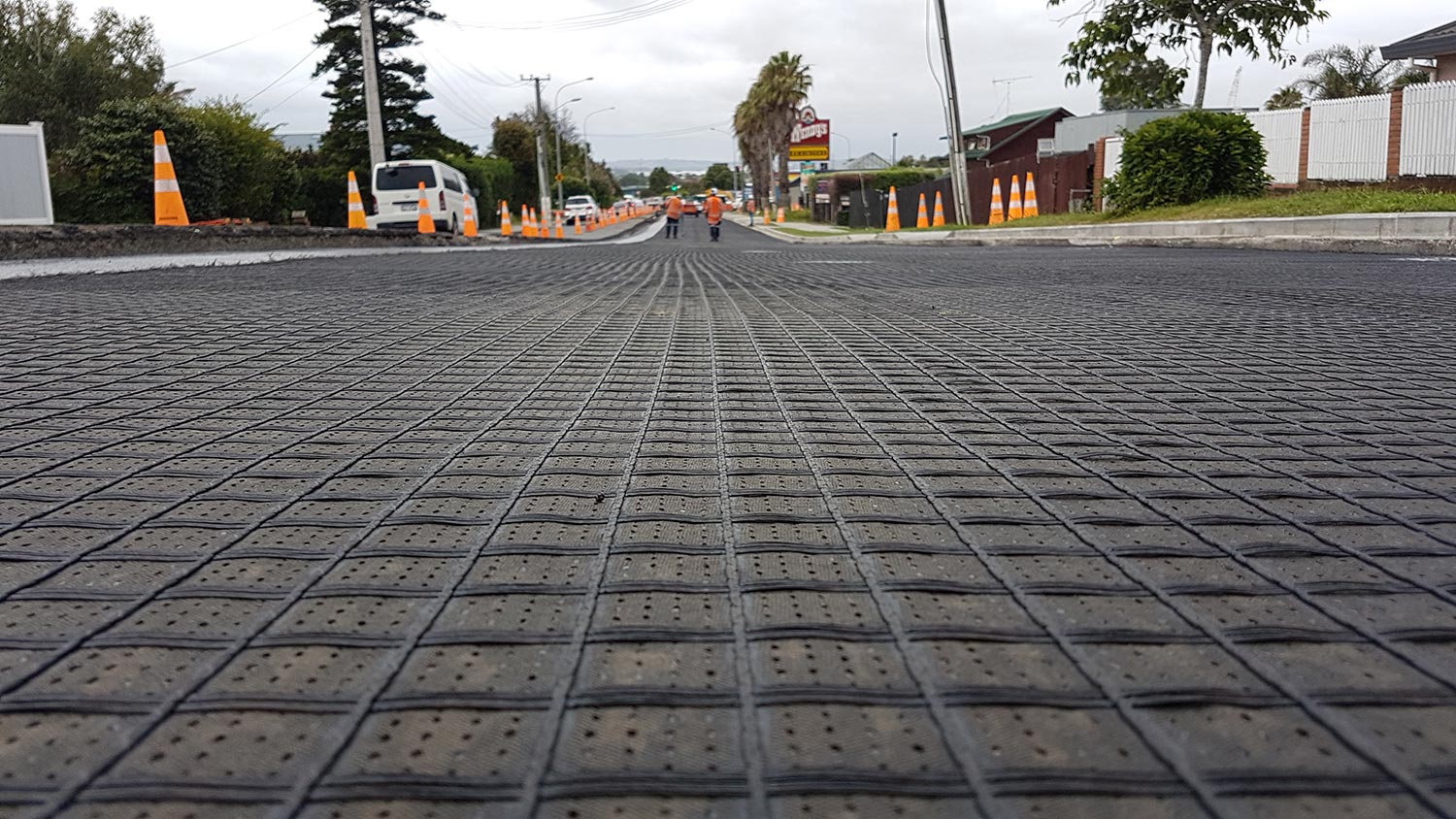Geotextiles
Details
- Product Type Geosynthetic Materials
- Regions New South Wales, Northern Territory, Queensland, South Australia, Tasmania, Victoria, Western Australia
Contact
- Charmaine Cheah 0467612789
- Website Visit
- Email charmaine@huesker.co
ISupplier
- Company Name HUESKER Australia
- ISupplier Profile Visit

About
Geotextiles are typically made of synthetic polymers such as polypropylene or polyester. They are engineered with unique, porous structure that allows for excellent filtration and separation properties. Geotextiles have been commonly used in the construction industry particularly in road and railways. The use of geotextile reduces the reliance on traditional granular filter and thus results in minimizing the environmental footprint. In addition, these materials can upon request incorporate recycled content, reducing the reliance on virgin resources.
Sustainability Outcomes
Geotextiles offer significant sustainability benefits by especially with the incorporation of recycled content by the means of sustainable production and reducing virgin resources consumption. These materials play a crucial role in minimizing soil erosion and enhancing land stability which leads to healthier ecosystems and more sustainable land management practices. The durability of the geotextiles extends the lifespan of infrastructure projects, reducing the need for frequent repairs and replacements. This not only saves resources but also minimizes the environmental impact associated with the production and disposal of construction materials.
Applicable Credits
| IS v1.2 | Dis-1 , Ene-1 , Inn-1 , Mat-1 |
| IS v2.1 | Eco-1 , Ene-1 , Env-1 , Inn-1 , Rso-6 |
| Inn-1 (ISv1.2) | Contributes to Innovation Challenge 4: Sustainable Supplier and iSupply |
| Inn-1 (Isv2.1) | Contributes to Innovation Challenge 4: Sustainable Supplier and iSupply |
| Ene-1 (ISv1.2) | HUESKER geotextiles significantly minimize energy use throughout the infrastructure lifecycle by replacing traditional granular filters with more efficient, lightweight geotextile material. This substitution reduces the volume of material needed, leading to a considerable decrease in the number of trucks required for transportation. As a result, reducing the carbon footprint of construction projects. This lowers environmental impact but also contributes to more sustainable, energy efficient infrastructure development. |
| Dis-1 (ISv1.2) | HUESKER's geotextiles are integral to the preservation and enhancement of environmental quality in local streams, rivers and waterbodies by mitigating soil erosion and preventing soil washouts. This reduces the risk of erosion and sedimentation runoff, which in turn protects water quality and surrounding ecosystems. In this manner, HUESKER's geotextiles contribute to the overall improvement of local water quality. |
| Mat-1 (ISv1.2) | HUESKER geotextiles reduce the environmental impact of construction material by replacing traditional, energy intensive granular with lightweight durable geotextiles. This lowers carbon footprint by minimizing material volume and transportation needs, resulting in fewer emissions. |
| Ene-1 (ISv2.1) | HUESKER geotextiles significantly minimize energy use throughout the infrastructure lifecycle by replacing traditional granular filters with more efficient, lightweight geotextile material. This substitution reduces the volume of material needed, leading to a considerable decrease in the number of trucks required for transportation. As a result, reducing the carbon footprint of construction projects. This lowers environmental impact but also contributes to more sustainable, energy efficient infrastructure development. |
| Env-1 (ISv2.1) | HUESKER's geotextiles are integral to the preservation and enhancement of environmental quality in local streams, rivers and waterbodies by mitigating soil erosion and preventing soil washouts. This reduces the risk of erosion and sedimentation runoff, which in turn protects water quality and surrounding ecosystems. In this manner, HUESKER's geotextiles contribute to the overall improvement of local water quality. |
| Rso-6 (ISv2.1) | HUESKER geotextiles reduce the environmental impact of construction material by replacing traditional, energy intensive granular with lightweight durable geotextiles. This lowers carbon footprint by minimizing material volume and transportation needs, resulting in fewer emissions. |
| Eco-1 (ISv2.1) | HUESKER geotextiles play a key role in preserving or improving ecological integrity by stabilizing slopes, embankments, and channels, thus preventing soil erosion and sediment runoff. This helps protect local ecosystems and maintain biodiversity by safeguarding natural habitats. When applied in areas such as embankments, stormwater ponds, canals, road construction, geotextiles enable designers and practitioners to promote responsible environmental management. Ultimately, these materials contribute to the long-term sustainability and vitality of surrounding ecosystems. |









